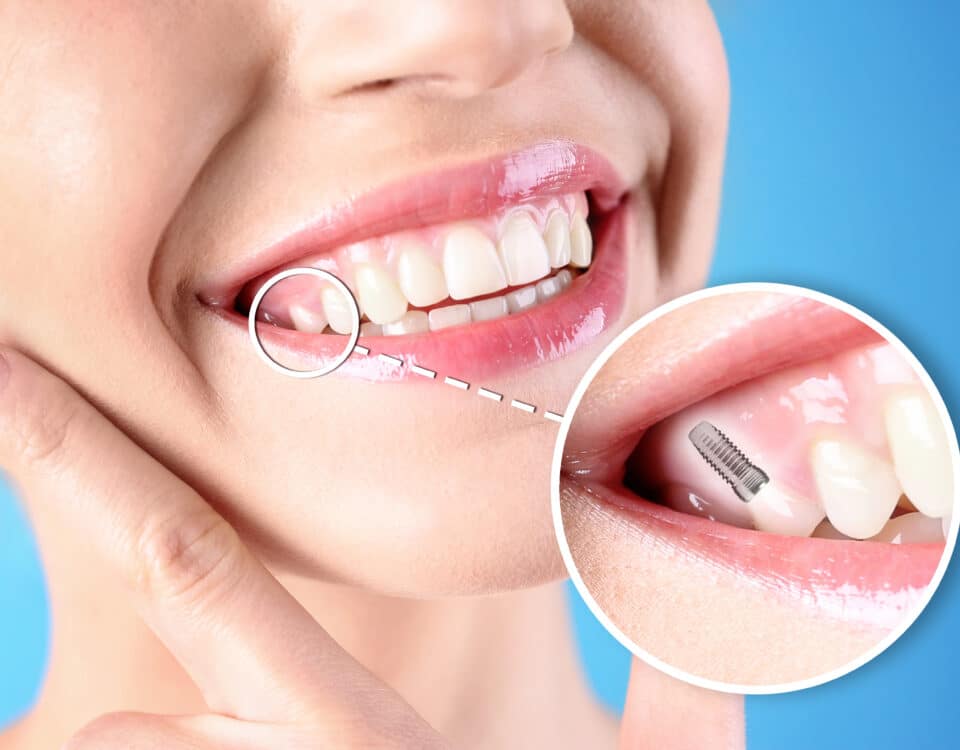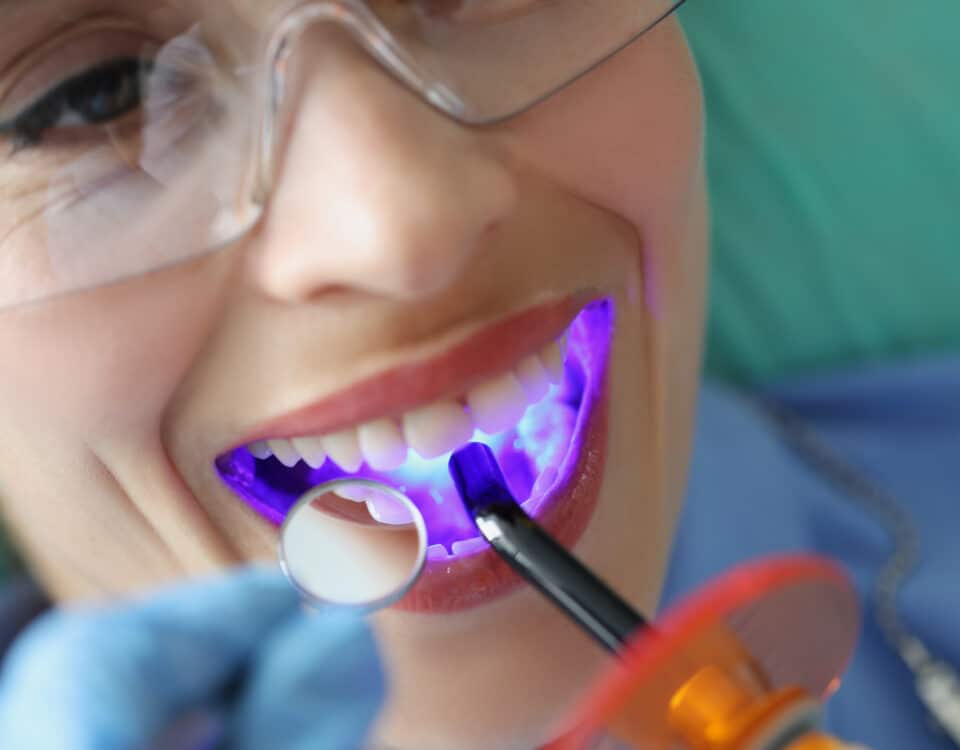Protect Your Teeth from Holiday Food
Be “Thankful” for Dentistry
November 27, 2018Give the Gift of a Better Smile
December 14, 2018As you age, your teeth can thin, change to yellow or gray, and can decay easier. A major part of that erosion, decay and color change has to do with what you are eating and drinking. Around the holidays, sugary foods, sparkling cider and other holiday favorites are common. However, some of those foods can be damaging your teeth without you realizing it. During this holiday season, use these tips to minimize decay, damage and staining to your teeth!
Classic Holiday Foods
When picturing holidays, many people think of foods and drinks. Some of the most popular holiday foods and drinks include:
- Gingerbread Cookies
- Candy Canes
- Cranberry Sauce
- Apple Cider
- Sparkling Apple Cider (New Years)
- Christmas Cookies/Candies
- Eggnog
- Peppermint Bark
- Hot Chocolate
- Fruitcake
- Pie (Apple, Pecan, Pumpkin, etc.)
- Tea Cakes
- Sweet Potatoes with Marshmallows
- Mashed Potatoes
- Champagne
These holiday favorites are part of the reason why so many people gain a few pounds during the winter months. It has more to do with what you’re eating instead of the cold weather. Along with that weight gain, other issues can happen, such as with your teeth. Everything that passes through your mouth comes in contact with your teeth and gums, and it can lead to oral health diseases.
Erosion, Decay and More
When you eat, sugars in your food are shown to mix with bacteria in your mouth. When they mix, it creates an acidic substance called plaque. That plaque is the clear crud that will start to cake on your teeth. You may even be able to see it along your gum line if you look in the mirror right now. Plaque will make it so your teeth feel gritty instead of smooth. However, many people don’t realize that plaque is acidic in nature, and acids will definitely erode some of your tooth enamel away. The tooth enamel is the top, hard layer of your teeth.
If plaque sits on the teeth for extended periods of time, it will work to break up the minerals that make up your teeth. Over time, the teeth become weaker and start to decay, even if you don’t notice any changes. This is how patients get cavities over time without realizing how. Often, plaque can erode the tooth enamel layer and can seep inside tiny cracks it’s made. It then travels deeper into a tooth, creating those large cavities that need more extensive dental work. The more sugar you eat, the more plaque your mouth makes, and the quicker you can get cavities. Sugar really can rot your teeth, so watch your holiday food intake with the sugar if you want healthy teeth.
Foods, Drinks and Your Teeth
Many people focus on avoiding certain foods to protect their teeth, when what they are drinking is actually causing much of the damage. You should actually focus on both. Here are some that can damage your teeth:
- Sugar foods: Anything made mostly of sugar will lead to plaque production, which leads to tooth decay. The recommended health limits are 9 grams of sugar for men a day, 6 grams for women, 0 for babies and less than 6 for kids. Hot chocolate, candies, cakes, pies, soda and many holiday foods are sugary, so watch your intake.
- Anything with carbonation. Carbonation is a reaction of carbon dioxide with water. It has carbonic acid in it, which is how it damages your teeth. Even sparkling water has it. That acid will break up minerals in the top layer of your teeth, leading to thinning, erosion and decay.
- Citrus. Anything citrus has citric acid in it. It will also strip minerals from your teeth. Wait 30 minutes to brush after eating or drinking anything with citric acid in it, as it can take even more layers off your teeth.
- Sports drinks, flavor enhancers. These often have tons of sugar, so check labels and buy sugar-free options.
- Hot/cold foods. These only hurt you if you have gum recession from plaque and decay. They can cause tooth sensitivity. If that happens, don’t go extreme on your temperatures.
Protect Your Teeth
Just like most things, prevention is the best way to combat a problem. If you know that sodas, sparkling water, lemonades and other drinks will hurt your teeth, only drink them sparingly and with a straw. Foods with lots of sugar in them are proven to cause tooth decay, so control how much you are getting. Eating one or two pieces of candy can be just as satisfying as eating ten. Always remember that the more sugar you eat, the more plaque your mouth will make and the higher your risk for tooth decay. That decay can certainly happen over the holidays, as some cavities really don’t take long to form.
Part of prevention is taking those daily steps needed to keep the teeth clean. The American Dental Association recommends that every person brush their teeth at least twice a day (if not more), for two minutes each time. Brush with fluoride toothpaste in all different directions. Follow up with flossing 1-2 times a day, making sure you floss all the way up in the gum line. Scrape your teeth gently with the floss as you go to remove extra plaque. Those two habits will do the most to reduce your risk for gum disease, tooth decay and tooth erosion.
We mentioned fluoride. This is a naturally-occurring mineral that is proven to help protect your teeth from demineralization and decay. When you use fluoride products (such as toothpaste), you create an extra layer of defense for your teeth. It’s harder for acids and sugars to erode the tooth enamel. Wait 20-30 minutes after fluoride toothpaste or treatments to eat or drink so it can really work well. If you want to see how good your oral health is doing, call Stonebrook Family Dental today at (303) 872-7907!





